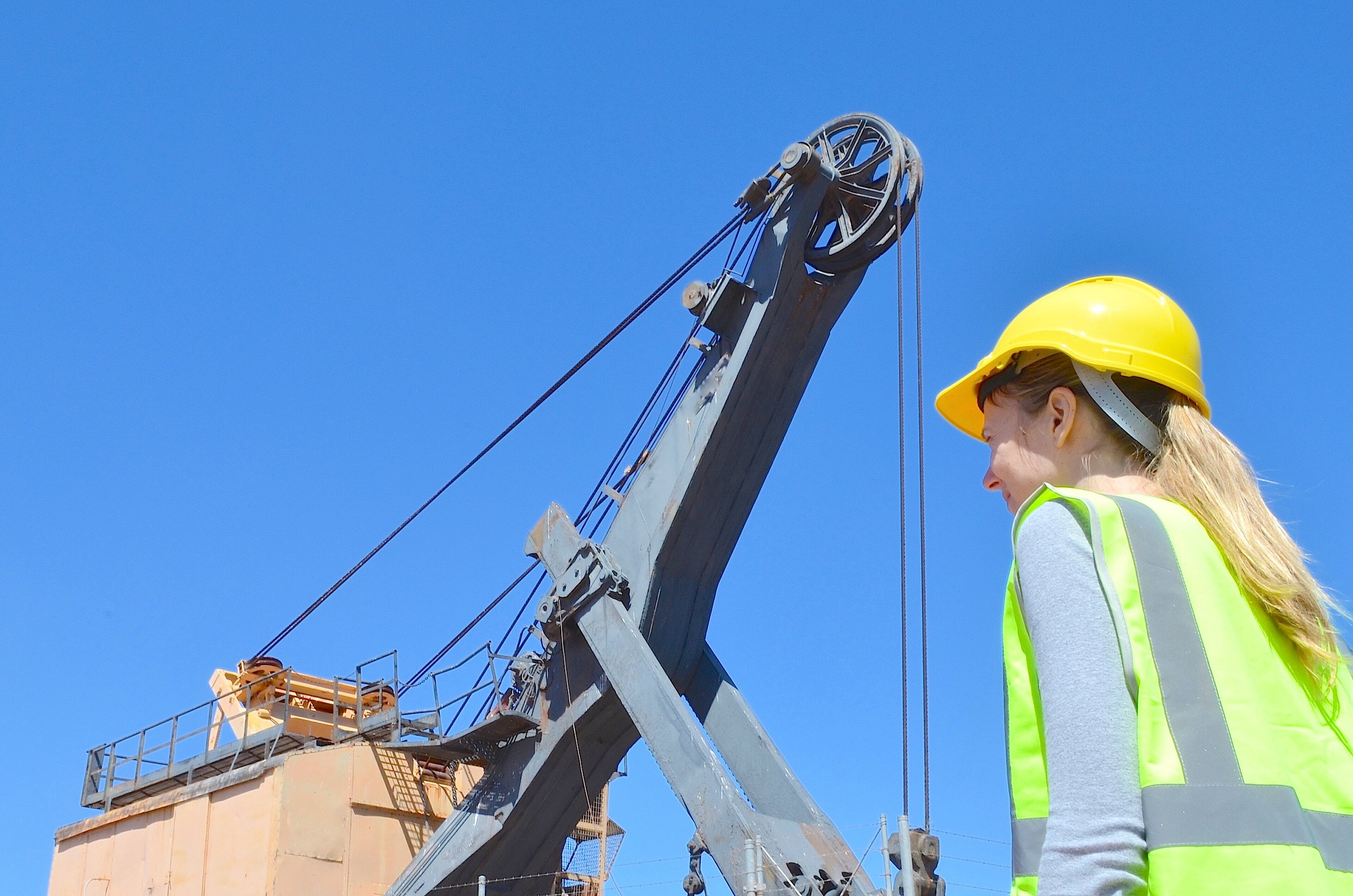US Silica (SLCA +0.00%), one of America's largest producers of frac sand, just announced stunning growth yet missed analyst expectations. Wall Street's disappointment sent shares crashing by as much as 12% in after-hours trading. Find out how this oil service stock is faring during the worst oil collapse since the financial crisis and what the next year may have in store for one of America's fastest-growing dividend stocks.
The numbers
By any measure, US Silica's fourth-quarter and 2014 results were spectacular.
| Metric | 4th Quarter | Full Year |
|---|---|---|
| Sand Shipments | Up 43% | Up 34% |
| Sales | Up 67% | Up 61% |
| Net Income | Up 97% | Up 58% |
| Adjusted EBITDA | Up 87% | Up 53% |
Source: US Silica earnings press release.
However, despite these amazing results, the company missed Wall Street earnings expectations by 18% for the quarter and 9% for the full year.
US Silica was able to beat analysts' sales projections by 4% and 1% for the quarter and full year, respectively. However, it seems that Wall Street is fixating on the earnings miss and the uncertainty of low oil prices in 2015.
Rougher waters ahead in 2015
"We expect 2015 to be a challenging year in light of lower oil prices but we have built our business and our balance sheet to capitalize on this type of market environment. Ultimately, I believe US Silica will emerge as an even stronger company once oil and gas markets recover."
-- Bryan Schinn, president and CEO
Part of the reason Wall Street is reacting so negatively to such great results is management's decision to suspend guidance for 2015's adjusted earnings before interest, taxes, and depreciation, or EBITDA, because of a "lack of visibility in our oil and gas business."
Investors are obviously concerned that the lowest oil prices in six years could result in financial difficulties for the oil services industry, as numerous oil companies have announced massive spending cuts for 2015.
Strong balance sheets should allow frac sand producers to weather the current storm
However, despite the uncertainty that plunging crude prices present, US Silica isn't likely to face any liquidity problems in the year ahead. That's because it has $342.4 million in cash and $46.8 million remaining under its credit facilities, and management estimates that it will need to invest only between $100 million and $120 million into sustaining and growing its business in 2015.
In fact, the entire frac sand industry, including US Silica's competitors, Hi-Crush Partners (HCLP +0.00%), and Emerge Energy Services (NYSE: EMES), have very strong balance sheets.
| Company | Current Ratio | Quick Ratio |
|---|---|---|
| US Silica | 3.33 | 2.59 |
| Hi-Crush Partners | 2.67 | 2.02 |
| Emerge Energy Services | 2.07 | 1.43 |
Source: Morningstar.com.
As this table shows, all three frac sand producers have current ratios (short-term assets divided by short-term liabilities) and quick ratios (liquid assets divided by short-term liabilities) much greater than 1, signifying strong balance sheets that should allow all three to weather the current oil crash.
This is especially true given that US Silica, Hi-Crush Partners, and Emerge Energy have 70%, 88%, and 87% of their production currently under long-term contracts that extend out as far as 4.2 years.
Things to watch going forward
In my opinion, the biggest risk to frac sand producers such as US Silica is that some of these highly lucrative contracts might get cancelled if low oil prices extend into the second half of the year. While such contract terminations would result in cancellation fees sand producers, they might also leave them with large quantities of unsold sand that they would have to try to sell on the spot market, where prices would likely have plunged.
Even without any contract cancellations, 30% of US Silica's production is exposed to potentially falling frac sand prices in the spot market, which could mean 2015's financial results decline compared to the record results of 2014.
Takeaway: Record-setting year marred by shadow of oil crash means a potentially great buying opportunity
In my opinion, Wall Street's reaction to US Silica's latest earnings is an overreaction. Yes potentially longer-term low oil prices means the risk of lower earnings next year are increased. However, given the company's strong balance sheet, future growth plans, and the strong long-term potential future of America's shale oil and gas production, I remain bullish on frac sand producers in general, and US Silica specifically. Thus I would advise potential investors to view dips such as this earnings report as potential buying opportunities for an already undervalued company. However, be aware that prolonged low oil prices and stunted growth are a risk and thus you should buy companies such as US Silica only as part of a well-diversified portfolio.




